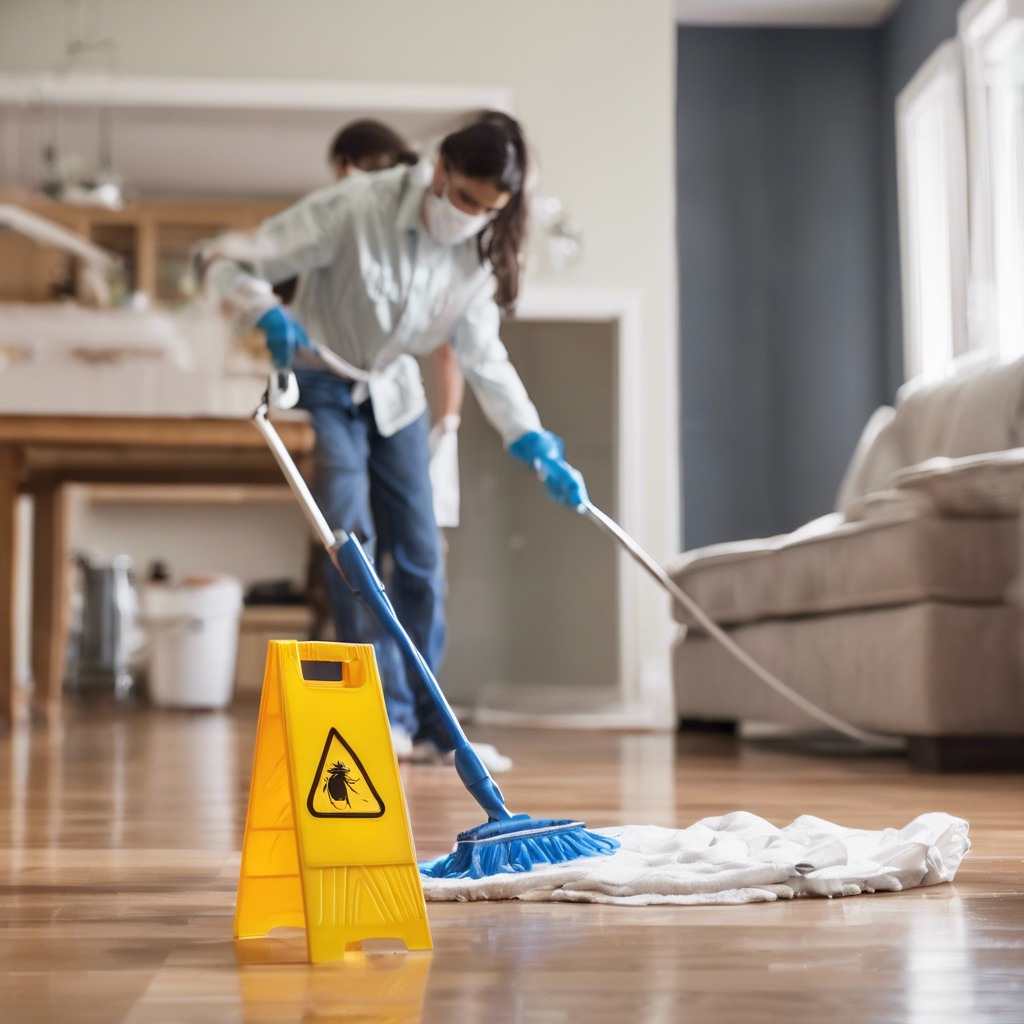The Unexpected Alliance: Cleanliness and Pest Control
It’s a truth universally acknowledged that a clean house is a happy house. But did you know that this simple maxim extends far beyond mere aesthetics? A sparkling home is, ironically, also a pest-resistant home. While some might see pest control as a separate entity—a call to arms against invading insects and rodents—the reality is far more nuanced. It’s a battle best fought proactively, on the front lines of good housekeeping.
Think of it this way: pests aren’t simply drawn to filth; they *require* it. Like societal parasites, they thrive in chaos. A crumb-strewn kitchen is not just unsightly; it’s a five-star restaurant for ants. A damp basement isn’t just dreary; it’s a breeding ground for mold and mildew, which in turn attracts even more unwelcome guests. The contrast is stark: order versus disorder, cleanliness versus decay, a well-maintained home versus a haven for unwanted critters.
My grandmother, bless her soul (and her immaculate kitchen), used to say that cleanliness is next to godliness. I always thought that was a bit much, but she had a point, even if unintentionally. I remember once, visiting a relative whose home was, let’s just say, less than pristine. The sheer volume of insects was…alarming. Like a scene from a nature documentary, but one you’d rather not watch. It was a stark reminder of the symbiotic relationship between hygiene and pest control.
The Science of Sanitation and Pest Prevention
The connection between cleaning and pest reduction isn’t merely anecdotal; it’s backed by science. Pests, whether ants, cockroaches, or rodents, need food, water, and shelter to survive. Regular cleaning directly addresses these needs, eliminating their food sources (crumbs, spills, garbage) and reducing their access to water (damp areas, leaky pipes). Moreover, a thoroughly cleaned environment leaves them with less suitable shelter.
Regular vacuuming, for example, is akin to a natural predator removing eggs and larvae. It’s a silent war waged on the microscopic level. Thorough dusting reduces the accumulation of dust mites, a common allergen and a food source for certain pests. This isn’t simply keeping things tidy; it’s ecological warfare, waged with a vacuum cleaner and a bottle of disinfectant. The effectiveness of this “silent war” is astonishing, much like the quiet power of a blooming flower.
Specific Cleaning Strategies for Pest Prevention
Beyond general tidiness, certain cleaning practices are particularly effective in pest deterrence. Regularly cleaning out gutters prevents water accumulation, a haven for mosquitoes. Sealing cracks and crevices in walls and floors denies pests entry points. Proper food storage (airtight containers) eliminates readily available food. And don’t forget the importance of regular trash removal; garbage is like a neon sign flashing “All-You-Can-Eat Buffet” for unwanted guests. The strategy is simple but effective: deny, deny, deny.
Imagine your home as a fortress, and cleanliness as its impenetrable walls. It’s a defensive strategy, one that is far more cost-effective and environmentally friendly than relying solely on chemical pest control. It’s a win-win situation: a healthier, cleaner home and fewer uninvited guests. 🪳🐭🐜
Conclusion: A Clean Home is a Safe Home
The relationship between cleaning and pest control is a surprisingly potent one. It’s a testament to the fact that seemingly simple actions can have profound consequences. While professional pest control may sometimes be necessary, proactive cleaning is the cornerstone of a successful pest-prevention strategy. It’s a simple truth, but one worth remembering: a clean home isn’t just aesthetically pleasing; it’s a fortress against unwanted invaders. It’s a battle fought not with chemicals, but with elbow grease and a discerning eye for detail. And that, my friends, is a victory worth celebrating.
